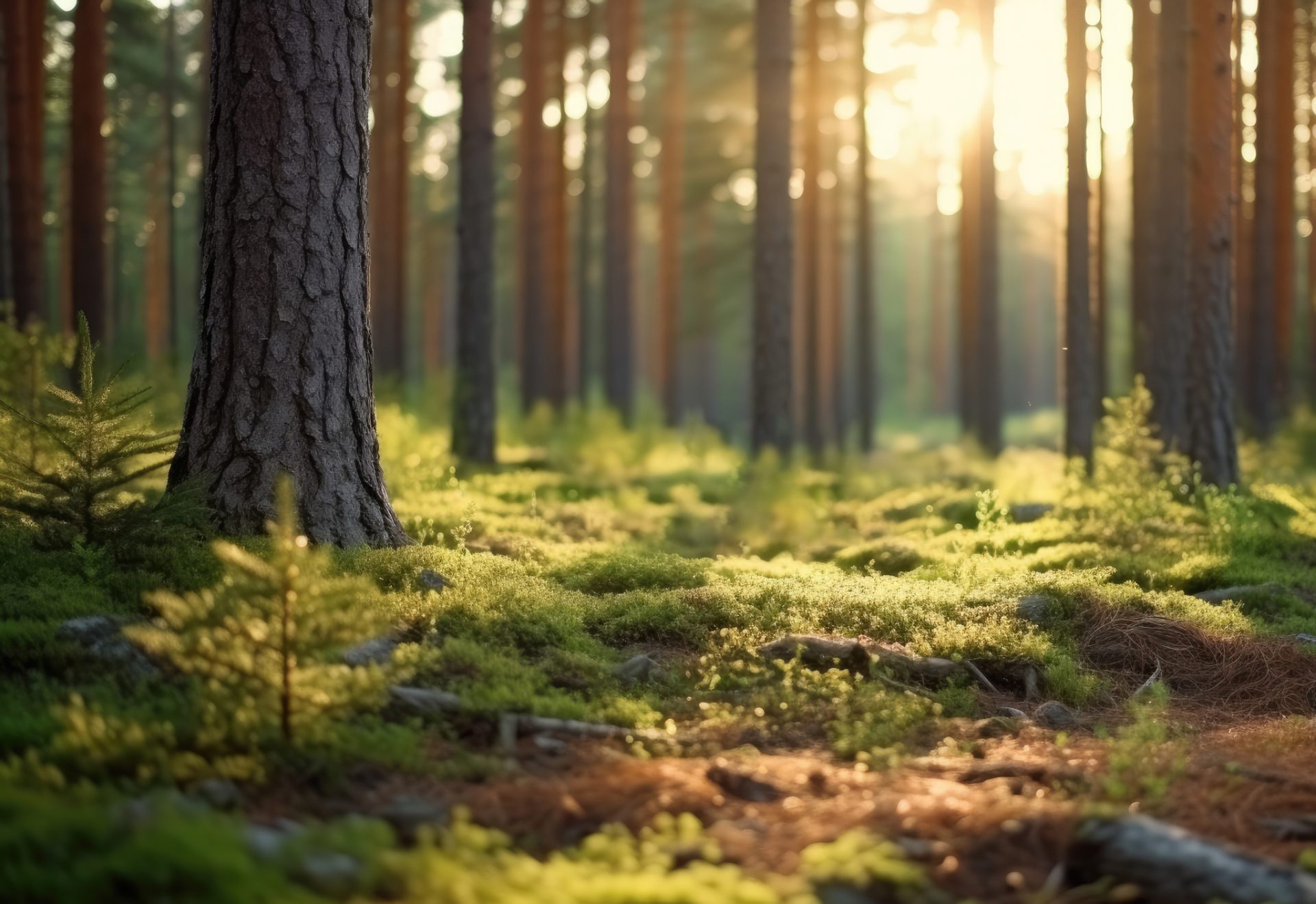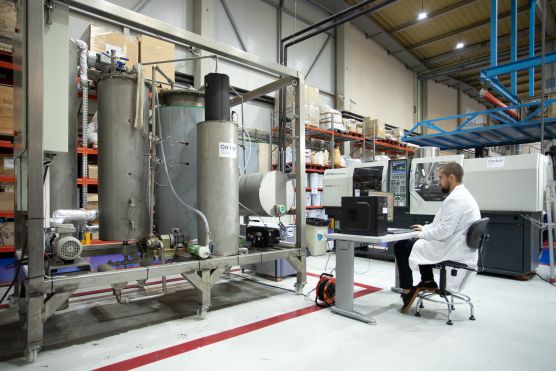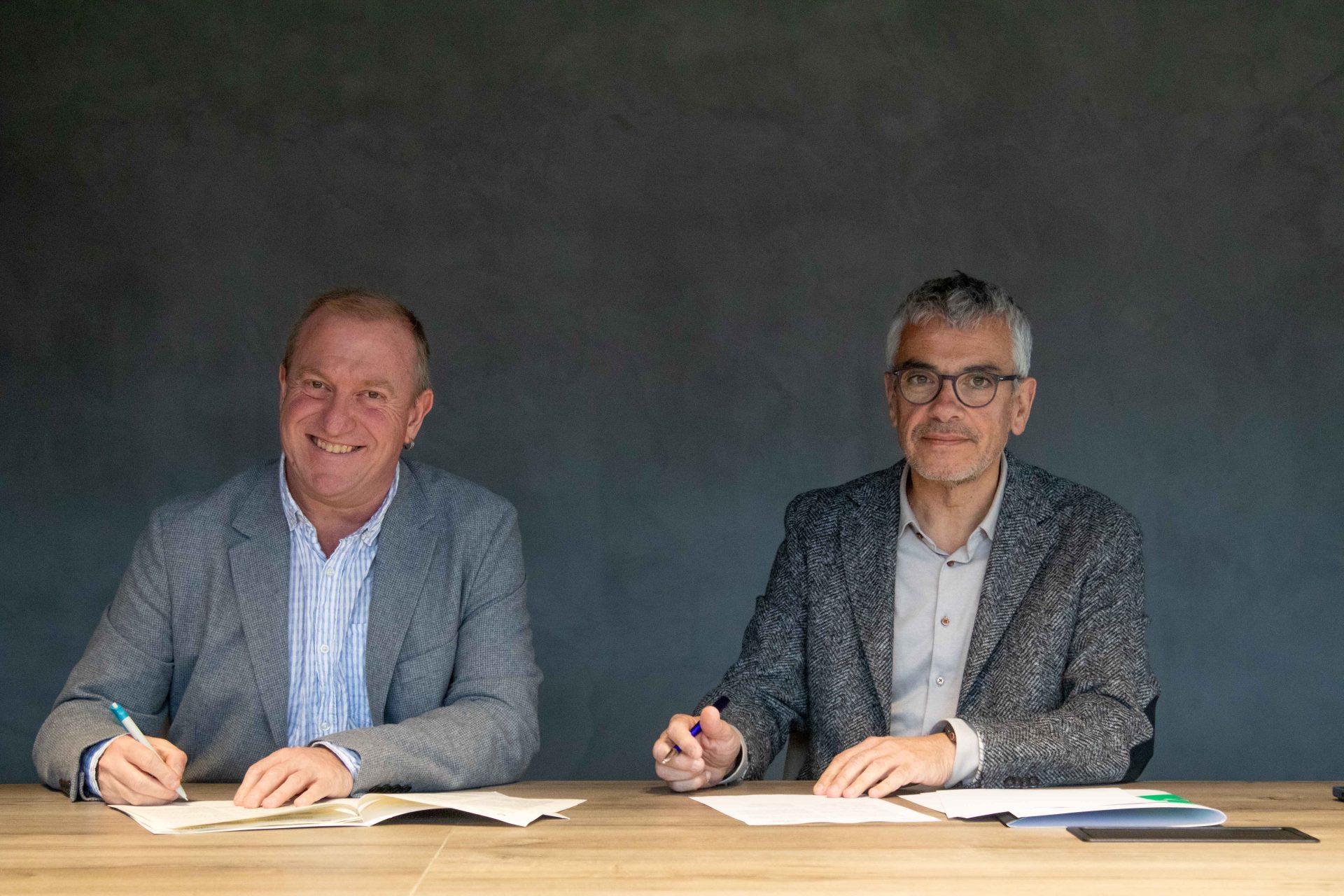NEIKER presents the first results of the EUSKOBASOA 2050 Forest Improvement R&D&I Plan

Increasing forest health, boosting wood quality and improving the genetics of radiata pine, the most abundant pine in the Basque Country, are some of the lines of work of EuskoBasoa 2050.
Launched by NEIKER in 2018, the plan seeks to boost the Basque forestry-wood sector through research and transfer of the knowledge provided by our forests.
Forests are essential to guarantee the health of the planet. They regulate the climate by absorbing CO2, maintain biodiversity as they are home to approximately 80% of the world’s animal and plant species and control the water cycle, stabilising the soil and contributing to the formation of clouds and rain. They are also vital for human survival. They provide natural resources such as timber and food, ecosystem services such as air and water purification, as well as supporting physical and mental health through the outdoors and connection with nature.
Their conservation and sustainable management is crucial to ensure environmental balance and an optimal quality of life for future generations. To improve the state of the forests of the Basque Country, in 2018 the NEIKER technology centre launched the EUSKOBASOA 2050 programme, the Basque Forest Improvement R&D&I plan, as part of the Basque Government’s strategy to boost the forest-wood sector of the BAC through the generation of knowledge, research and dissemination of the study of our forests.
Five years after its launch, this morning the centre presented some of the first results obtained within the framework of this programme at its facilities in Arkaute (Álava). The transfer day was attended by professionals from the timber-forestry sector from different fields -small landowners, companies, administrations, etc.- interested in learning about the first results of this work.
During the meeting, several members of the NEIKER team showed some of the lines of work in which the centre is collaborating to promote forest improvement in the Basque Country: understanding and improving forest health, seeking new alternatives and guaranteeing wood quality, as well as the reactivation of the genetic improvement plan for radiata pine, the most abundant pine in the Basque Country.
Regarding this last line of work, as Leire Barañano, director of NEIKER, explained during the opening of the event, “the aim of these genetic improvement programmes is to achieve a base plant material, with desirable characteristics, which is capable of reproducing quality forest genetic resources. All of this while evaluating and maintaining a genetic diversity that ensures its resilience to the effects of climate change and future demands”.
X-ray of the Basque forest
During the first talk, Eugenia Iturritxa, a researcher at NEIKER’s Forestry Science Department, explained the areas in which work has been carried out to promote forest health: diagnosis, epidemiology and control of diseases, especially brown band and red band diseases.
In terms of diagnosis, NEIKER has carried out a complete study of the most relevant pathogen populations in the Basque Country to find out why they are so virulent, as well as potential control strategies. Among other observations, according to Iturritxa, “39 different genotypes of the brown band have been detected to date in the Basque Country, the presence of northern and southern lineages and, for the first time, hybridisation between lineages”. This, in the words of the researcher from the centre, “may explain the great capacity of this pathogen to adapt to adverse conditions, to colonise new habitats and to cause serious damage to more tolerant pine species”.
In terms of epidemiology, the centre has studied the behaviour of the bands, their life cycle, new hosts and dispersal predictions in order to optimise silvicultural measures.
With regard to disease control, the most appropriate management strategies have been defined for the prevention and control of these diseases. To this end, 12 natural substances that are particularly effective against forest diseases have been studied and selected.
In parallel, the centre continues to evaluate the tolerance to the band of plants from the NEIKER selection and several families from the radiata pine genetic improvement programme of the New Zealand Radiata Pine Breeding Company, which stand out for their good levels of tolerance and rapid growth. After a year and a half of establishment in a plot in Laukiz (Bizkaia) with a high incidence of red and brown banding, this trial is bearing fruit. “We highlight the adaptation of two specific families, Dothi 1 and Dothi 2, for their optimum growth in height and diameter and their low level of damage”.
Genetic improvement of pine trees
In the second talk, Javier Herrero, also a researcher at NEIKER’s Forestry Science Department, focused on another of the lines of work of EUSKOBASOA 2050, the genetic improvement of pine to obtain characteristics of interest such as volume, tolerance and wood quality. In this way, it will be possible to obtain a base material that forms part of the programme and that will serve to provide the sector with valuable forestry resources.
In this respect, among other actions, the genetic diversity of the radiata pine of the Basque Country and the Cantabrian coast has been analysed using DNA techniques. “This knowledge is essential to evaluate the resilience and adaptability that depends on the genetic variability of the species”, explained Herrero during his presentation.
In addition, in the current context of the brown and red band, surveys have been carried out in the three Basque territories to find individuals (trees) that, being in plots affected by the disease, are in apparently good condition and could be candidates for tolerating the disease. Specifically,” says Herrero, “we have located 51 individuals that have multiplied to more than 600 specimens. These trees have been planted in one of our plots in Llodio in order to study their viability and tolerance in future trials”.
Within this line, work is also being done to achieve trees that offer quality wood in terms of volume and tolerance and become a source of quality plant material for the timber sector.
After Herrero’s talk, it was the turn of researcher Paloma Moncaleán, also from the centre’s Department of Forestry Sciences, who presented to the public the benefits of the somatic embryogenesis technique for multiplying high-yield pines that can cope with the water stress caused by climate change.
Biodiversity, soil and water protection
During the fourth talk of the day, NEIKER researchers Itziar Montalbán and Nahia Gartzia Bengoetxea discussed how work is being done to achieve healthy and resilient forest systems that can cope with climate change.
In this sense, the generation of knowledge is essential for us to be able to choose the right species for each specific area, taking into account factors such as the current and future climate, the state of the soil and the specific needs of each tree.
Among other conclusions drawn from this study, it has been observed that “the future climate of the Basque Country will be more temperate, with a water deficit and the xeric soil -typical of the Mediterranean- will gain ground”. This future climate is similar to that currently experienced in central Portugal. In this respect, the growth of those individuals that survive in the climatic characteristics of the Portuguese regions of Sintra and Tapada de Ajuda has been tested, which, according to the forecasts, will have a similar behaviour to that of the Basque forests in the coming decades.
Nahia Gartzia Bengoetxea concluded the day with a presentation on the current state of the soils of the forests of the Basque Country and their potential as carbon sinks. “To this end, we have developed the map of carbon in the soils of the Basque Country, which is allowing us to know their state and to be able to propose measures to improve soil and water protection”.
Improving the state of the Basque Country’s forests is a guarantee for the future. These actions are part of the EUSKOBASOA 2050 R&D&I plan for the improvement of the Basque Country’s forests. This initiative, designed and set up five years ago by the technology centre, will continue to seek to boost the Basque forestry-wood sector through research and the transfer of knowledge provided by our forests.




